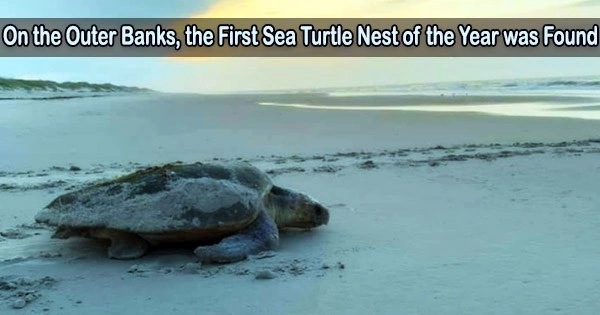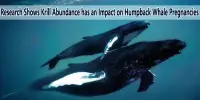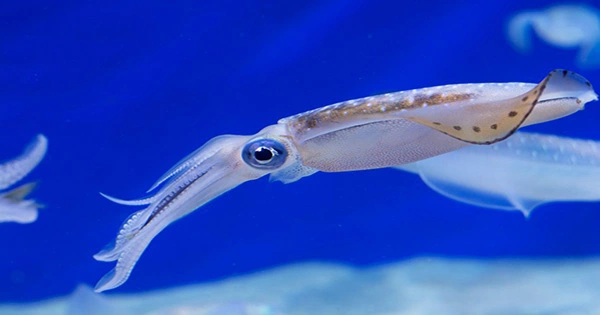Sea turtles are fascinating marine reptiles that inhabit the world’s oceans. They are found in all oceans except for the polar regions. Sea turtles have a unique life cycle that involves nesting on beaches.
Just in time for Mother’s Day, rangers at Cape Hatteras National Seashore found the first sea turtle nest of the season Friday morning on Ocracoke Island.
“While most of us were sleeping, this mom was working. Who can relate?!” the National Park Service said in a Facebook post.
On a routine patrol, park scientists saw mama’s footprints from the water and back, which led them to a loggerhead nest.
“After following the tracks and carefully digging in the sand, a nest with eggs was confirmed,” the post said.
Biologists then covered the nest back up and installed rope fencing to protect it.
“Please adhere to signage and nighttime driving restrictions along the seashore as we share the beach with wildlife and provide them a safe nesting space,” the park service said.
The Outer Banks sea turtle nesting season lasts from May to September, and turtles come back every year to build sand nests and lay their eggs. The young turtles hatch out about two months later, disperse across the beach, and swim out to sea.
Five species of turtles are found along the Outer Banks, the most common the loggerhead and green turtle. Leatherbacks, hawksbill and Kemp’s ridleys also make appearances.
This year’s first Outer Banks nest arrived slightly earlier than usual.
People may assist in preserving threatened sea turtles when they lay their eggs this summer by adhering to a few rules. Here are some tips from the North Carolina Wildlife Commission:
- Beachfront property owners and those renting beachfront property are urged to switch off their outdoor lights and close their blinds/draperies after dark because sea turtles nest primarily at night. On the other hand, in lieu of turning off the lights, they can redirect lights so they are not visible on the beach.
- People on the beach after dark should refrain from using flashlights or cellphones. Bright, artificial light can discourage female sea turtles from nesting on the shore and can make sea turtle hatchlings lost and prone to wandering inland, where they frequently perish from exhaustion or predation.
- When leaving the beach, visitors should take all of their beach furniture, including chairs, umbrellas, tents, and other items. These things can discourage nesting attempts and keep hatchlings from swimming to the ocean if they are left on the beach. In fact, in many coastal towns, it is illegal to keep these items on the beach after dark.
















